- Home
- slideshows
- miscellaneous
- My husband and I left our full-time jobs to travel the world for 6 months - and only spent $288 from our savings. Here's how we found remote work.
My husband and I left our full-time jobs to travel the world for 6 months - and only spent $288 from our savings. Here's how we found remote work.
Not starting off completely from scratch

Applying for jobs the traditional way
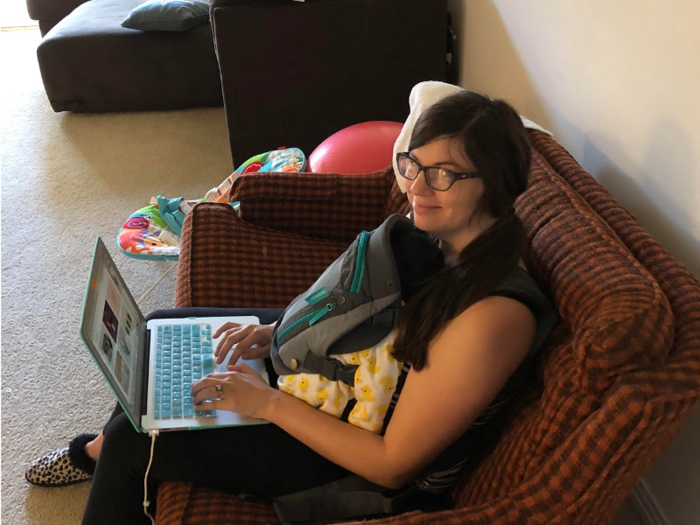
While I was fortunate to get that previous client through networking, I knew I might have to try other routes to find more work. After starting off on our journey in Colombia in January 2019, I began applying via sites like LinkedIn and Indeed — some of the places where I'd found my previous full-time roles. I applied for eight in January and didn't hear back from any, but by February my stats picked up: I tried my luck at 30 jobs, heard back from two (7%), and was hired for one (3%).
For the remote part-time writing position I landed, I applied within 24 hours of it being posted, submitted my LinkedIn profile with a tailored cover letter, and heard back about a phone interview three days later.
While my overall stats improved over the next several months to a roughly 24% initial response rate and an 8% job offer rate, none of the other jobs I landed came via traditional career websites.
Finding non-traditional routes to paid work
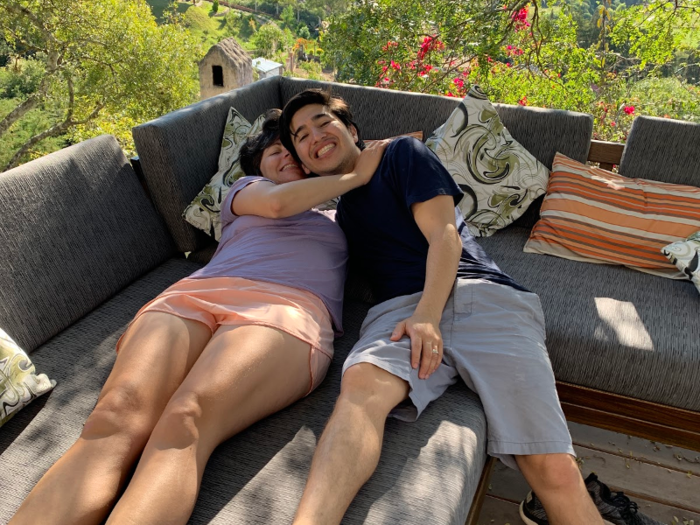
Though I've worked in social media for most of my career, it hadn't truly hit me to the degree in which social media communities could help me find paid work. And not from my own friends and family on Facebook and Twitter, but from strangers posting about opportunities in networking groups on Facebook and via public tweets on Twitter.
At the start of the year, a friend added me to several closed and secret Facebook groups for writers and marketers. I found others through other colleagues and by searching by keyword phrases. From these groups, I learned that editors put calls out for submissions on Twitter, so I started proactively combing that site for leads as well.
Once I started examining the source of my job offers more thoroughly, I began to reprioritize my application efforts with a heavier focus on trying my luck at postings I found on Twitter and Facebook. Throughout our travels I usually made time to spend a half hour per day looking for new opportunities (WiFi and schedules permitting).
I found nine jobs on Facebook and two on Twitter.
Being optimized for searches on LinkedIn
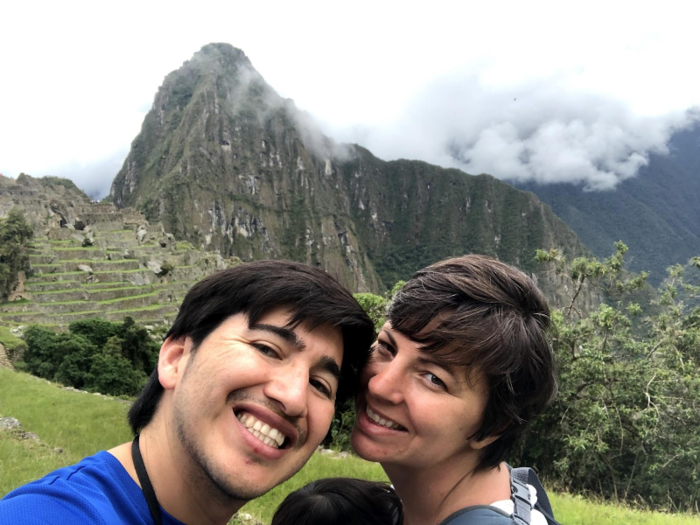
There's tons of advice out there on how to optimize your LinkedIn presence, so you can be discovered (and recruited) by acquisition managers. One strategy I've tried is wording my profile so I come up in searches employers may be conducting that I might be a fit for.
That's what happened when one of my now current clients — my one direct lead — found me via the platform back in April, as I was traveling in Bolivia, based on work I included under my experiences for another company in the same field. A recruiter from that company reached out to me, I had a quick phone interview with the hiring manager, and now I've had two projects come from simply keeping my LinkedIn up to date.
Sending letters of introduction
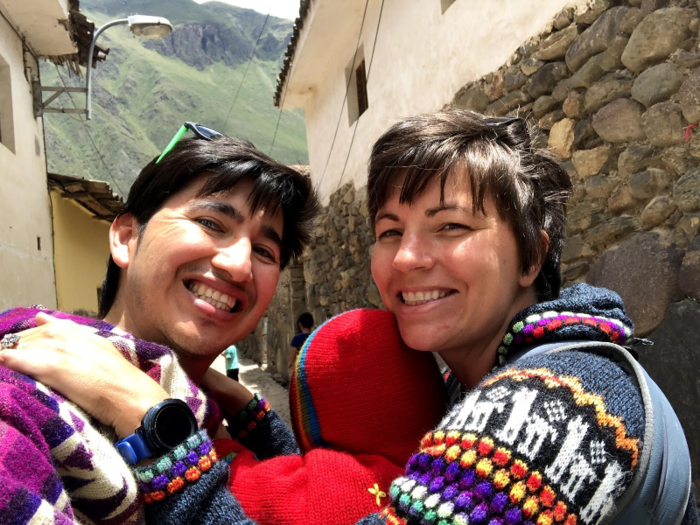
One of the Facebook groups I joined was Jennifer Goforth Gregory's "The Freelance Content Marketing Writer" group, from the author of the book by the same name. In the group, she and others often share stories about the power of sending letters of introduction (LOIs) — a topic she's also blogged about, which many in that group believe is more effective than applying to traditional jobs.
Going outside my comfort zone and cold emailing (and messaging via LinkedIn) has landed me one steady gig that now usually brings in about $1,000 in monthly income, all thanks to an email that took me about five minutes to compose and send.
Offering to manage a rental property remotely
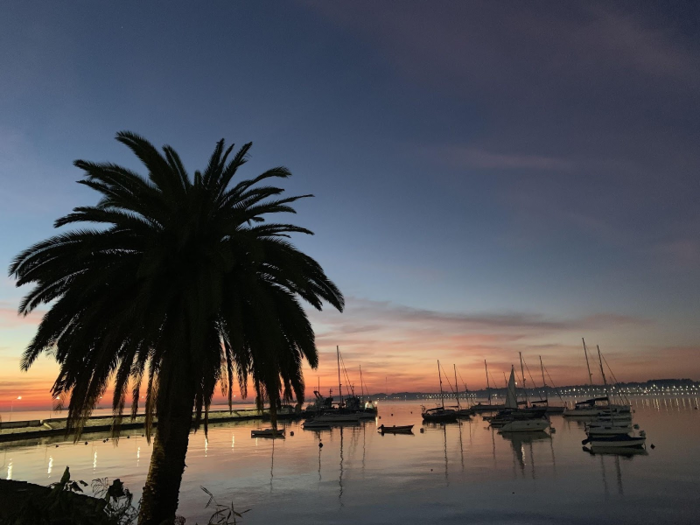
Given his experience working for companies like Holiday Inn, my husband landed his gig of managing a rental property remotely by volunteering to manage the vacant vacation property of a personal connection.
In the past, we've managed our own apartment as a rental, funding some of our previous short trips by taking Airbnb guests while we traveled. But managing another property — from another country — required legwork: Starting with sourcing the photos from the owner and creating the property listings on Airbnb, Vrbo, and Homeaway (and synching the separate calendars), then putting together a welcome guide and check-in instructions, and, for on-the-ground support, finding and managing two local cleaners. Once the property was up and running, the day-to-day involved handling incoming inquiries and bookings as we were navigating our own travel logistics and dealing with unexpected issues as they came up — the satellite TV service went out for a week, for one, while we were trekking in Patagonia.
And how about the challenges doing the work remotely?
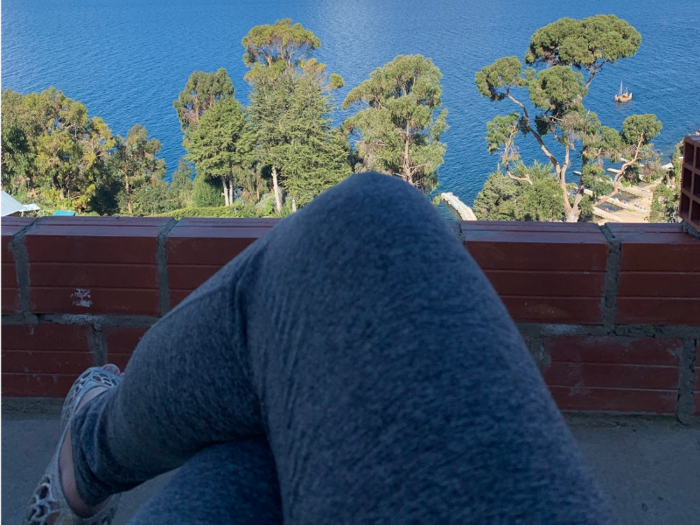
While I have the kind of focus that allows me to work with sirens blaring in the background and power through during layovers with spotty airport WiFi, I was unprepared for how inconsistent the internet has been during my travels.
Many travel to unplug, but when you're trying to make (somewhat of) a living, the slightest lag can set you back — particularly if, as is the case for me, you're trying to fit in work between sightseeing and a baby's sleeping schedule.
While these issues haven't caused me to miss a deadline or lose a job, they have made me reconsider the type of work I can handle while traveling. In the end, the best fit for me has been assignments that can mostly be done autonomously and asynchronously with somewhat of an advanced deadline and with a minimal need for phone calls.
And some things we didn't try …
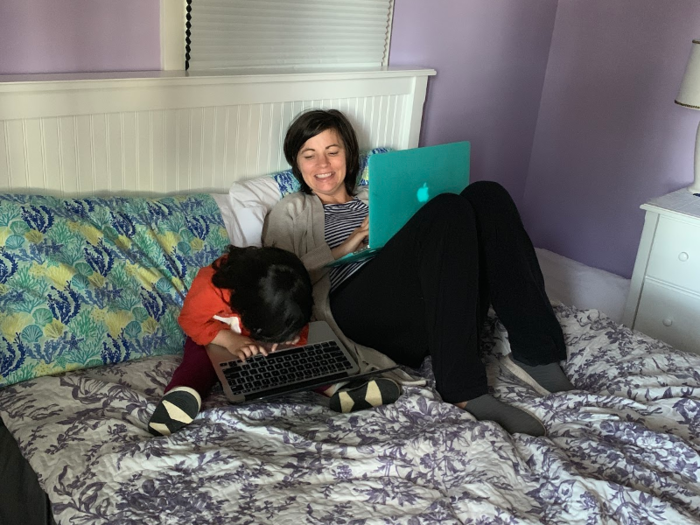
Given my background in social media for global brands like Adobe and the New York City Marathon, at the start of our trip we talked about becoming travel influencers, attracting a following on social media and landing sponsorship deals with hospitality and travel brands, to cover some of our expenses — or at least snag some vacation-related freebies. After all, "micro-influencers," people with 10,000 to 50,000 followers, can bring in a few thousand dollars per post.
But I'd already had full-time jobs in social media and didn't want documenting our travels to become a full-time job, especially since we don't feel comfortable posting pictures of our child's face publicly online.
Similar to my experience with finding opportunities via Facebook and Twitter, a friend from college told me about leads she's found by joining relevant public networking groups on Slack. I haven't tried that route yet, but the next time I'm in a dry spell I will. After all, Digiday has declared Slack "the new place for marketers to network and find jobs."
Some other friends have told us about TrustedHousesitters, a paid membership site where travelers can find a free place to stay in exchange for watching someone's pet, and WorkAway.info, another paid membership platform where you can find opportunities to trade manual labor for meals and a place to stay as you travel. Because we were traveling with our baby these weren't the best fit for us, but they may be avenues we consider in the future.
Popular Right Now
Popular Keywords
Advertisement